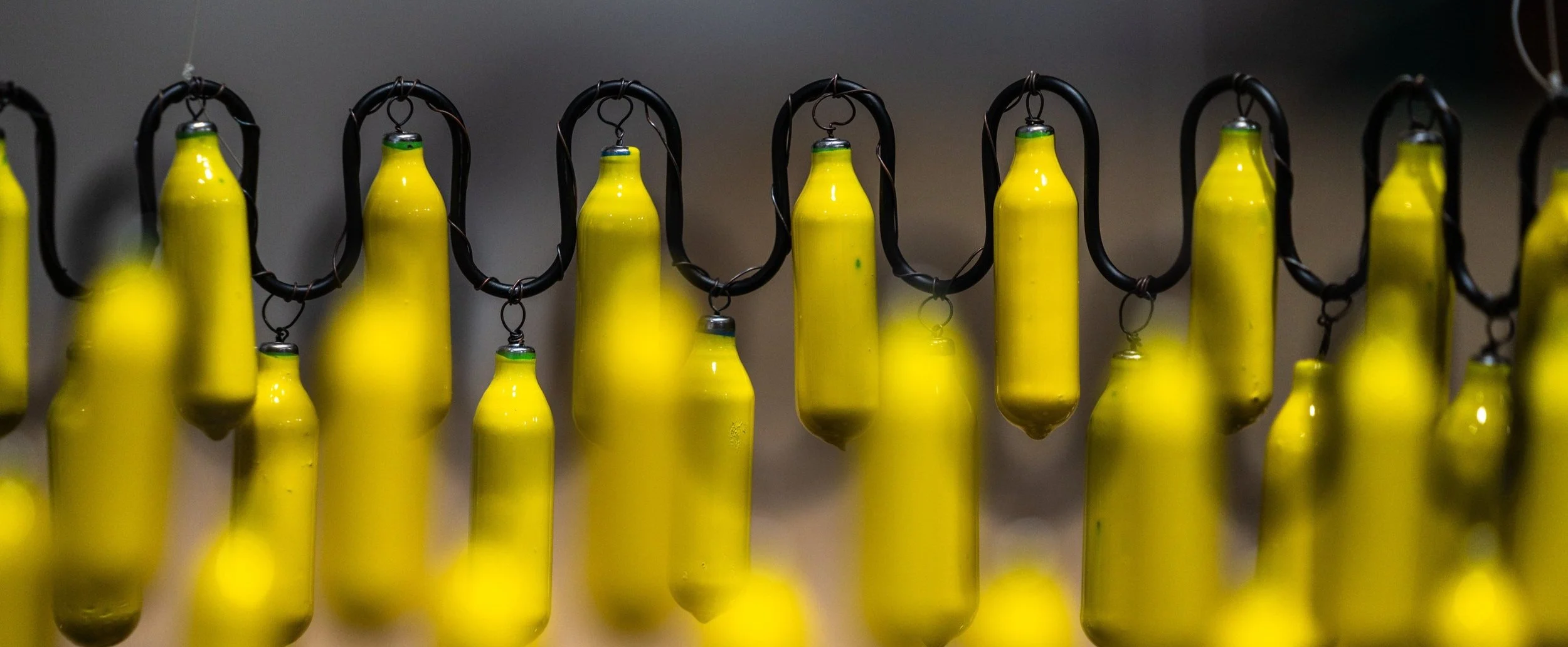
The Transfer Station
What is it?
Up until the early 1990s, most regions around the country still had local “dumps” where the community’s waste was taken. Due to concerns about public health and the environment, as well as increasing regulations, most of these local landfills began to close.
As communities struggled to figure out what to do with their waste, large waste management companies began construction of “mega-landfills” in remote locations designed to accept waste from hundreds of miles away. This new system created a new challenge — how could waste picked up by small, local garbage trucks be transported over such long distances?
The solution from local residents and businesses was to build transfer stations where waste from local garbage haulers and citizens could be processed and reloaded onto long-haul trucks, freight trains and even barges, in some instances. The Portland region’s waste is trucked 150 miles to the 2,000-acre Columbia Ridge Landfill in eastern Oregon. While we can be very proud of our high diversion rate, we still send more than 2.4 million tons of waste to landfills each year. (Ouch!)
Apply
—
Questions
Owen Premore | 2013
